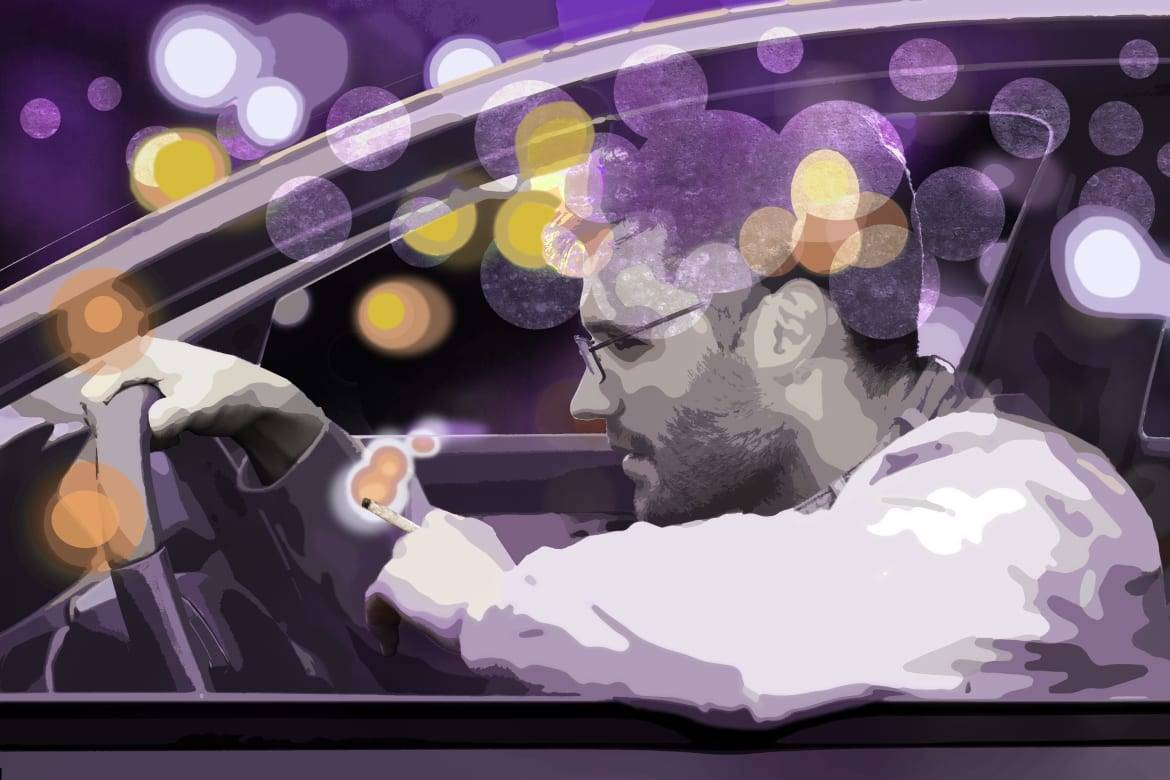Which Drug Accounts for the Most Drugged Driving Deaths?


CARS.COM — Drugged driving is officially more prevalent than drunken driving. According to a just-released report from the Governors Highway Safety Association, 57 percent of fatally injured crash victims in 2015 were tested for drugs and alcohol, and 43 percent of those drivers tested positive for drugs compared with 37 percent for alcohol — a benchmark reversal as growing marijuana legalization continues to push drugs to the forefront of the national discourse on highway safety.
Related: Celebrating 420? Keep Drugged Driving Dangers in Mind
Despite alcohol still being the single most common DUI contributor, drunken driving has rather steadily declined during the past three decades while the rate of drugged driving continues to climb.
Here’s a breakdown of the substances found in the bloodstreams of fatally injured drivers:
- Alcohol, found in 37.3 percent of the drivers’ bloodstreams
- Marijuana, 36.5 percent
- Amphetamines, 9.3 percent
- Drugs not included in the federal Fatality Analysis Reporting System list, 7.4 percent
- Other drugs, 55.1 percent
These figures come from GHSA’s updated-for-2017 “Drug Impaired Driving: A Guide for States,” figuring in the most recent data available since the original 2015 version of the report. The comprehensive look at drugged driving included info from 30 new research studies, as well as updated crash figures, and new state laws and prevention programs — all aimed at helping states establish best practices and craft countermeasures, GHSA stated.
The report’s highest recommendation remains for states, communities and other interested parties to continue to increase training for law enforcement to help officers identify and arrest impaired drivers, GHSA stated. Some new efforts from across the U.S. highlighted by the report include a competitive 2016 grant program through the Foundation for Advancing Alcohol Responsibility that will give five winning states — Illinois, Montana, Washington, West Virginia and Wisconsin — $100,000 to supplement the implementation cost of Advanced Roadside Impaired Driving Enforcement and Drug Recognition Expert training.
“As drunk driving has declined,” Responsibility.org CEO Ralph S. Blackman said in a statement, “drugged driving has increased dramatically and many of today’s impaired drivers are combining two or more substances, which has a multiplicative effect on driver impairment.”
While increased pot legalization and a practice of overprescribing medications, such as opioids, have been cited anecdotally as reasons for the drugged-driving upswing, addressing the resulting issues and accidents isn’t as simple as with alcohol. Due to predictable effects at specified blood alcohol content levels and decades of study, drinking and driving is much simpler to address in terms of messaging and law enforcement. But potentially dozens of legal and illegal substances are lumped into the term “drugged driving,” with their impairing effects at specific levels and combinations difficult to pin down.
We will continue covering this issue as experts and officials learn more.

Former Assistant Managing Editor-News Matt Schmitz is a veteran Chicago journalist indulging his curiosity for all things auto while helping to inform car shoppers.
Featured stories




